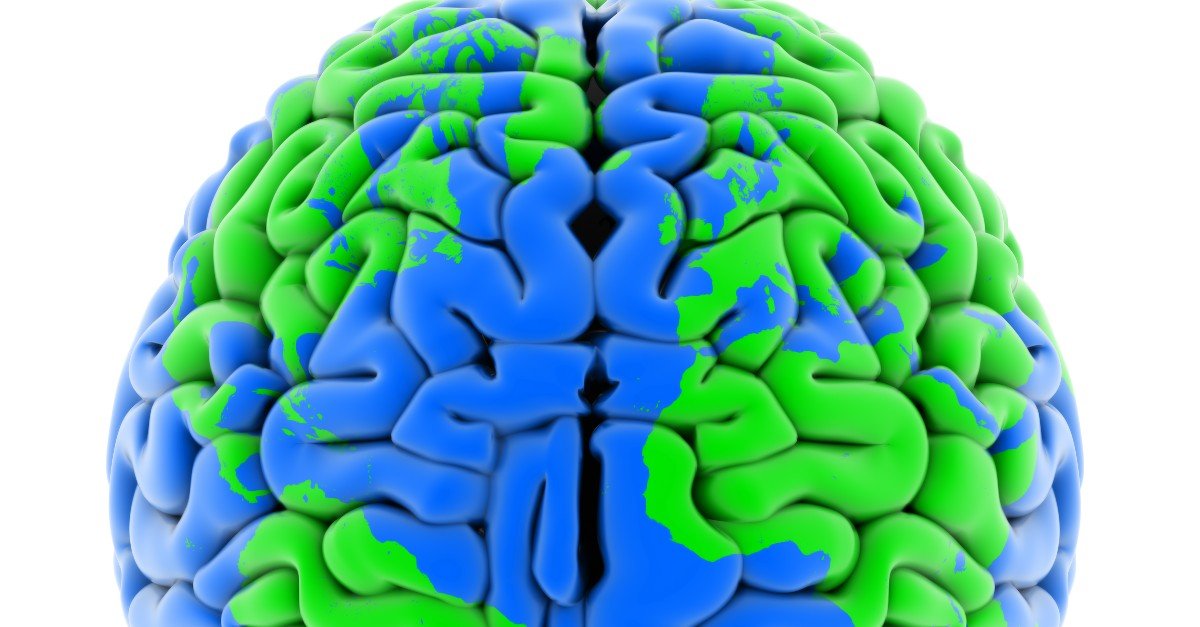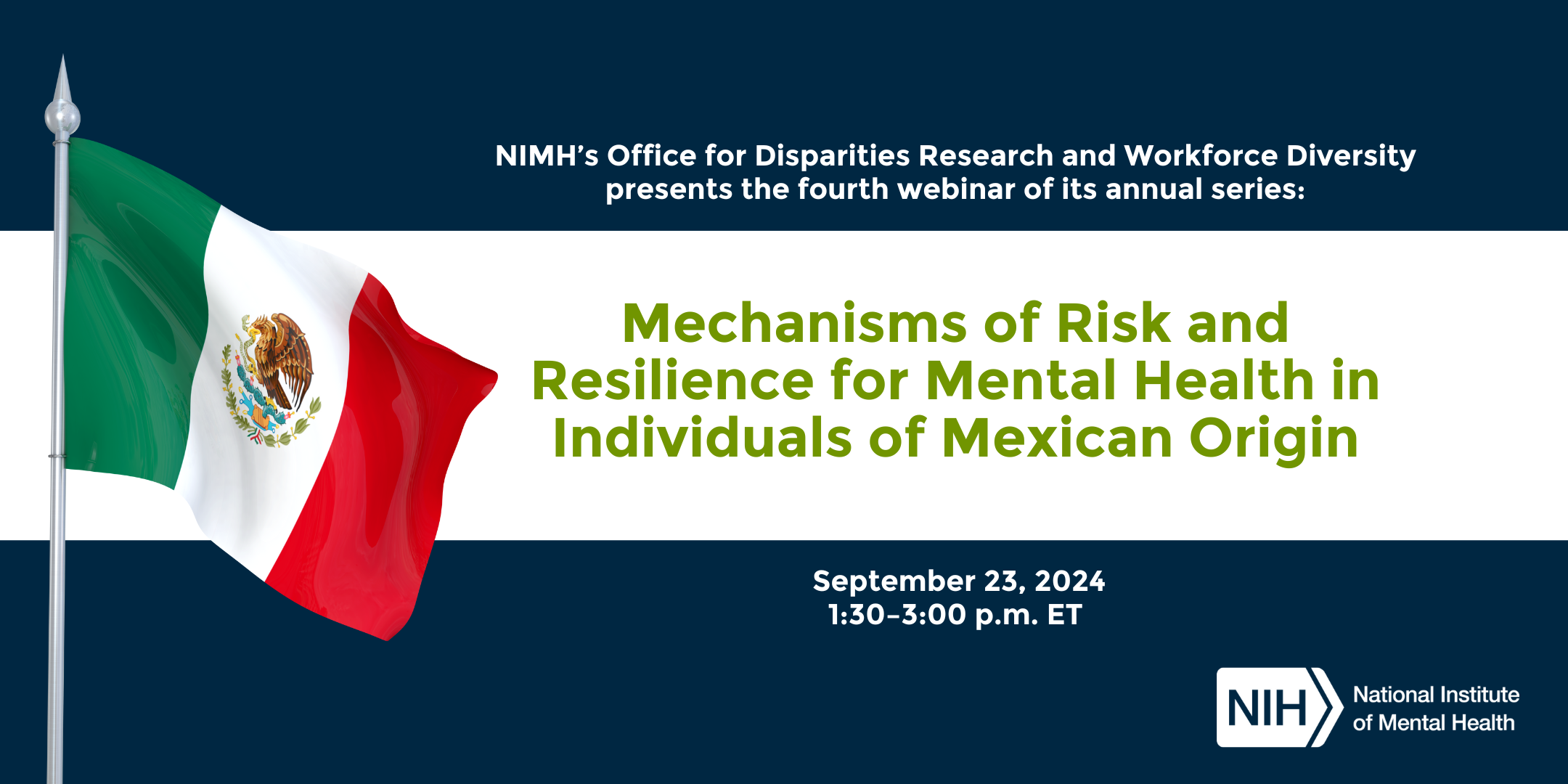
An NIH-funded study of conduct disorder identifies new brain areas associated with the disorder and offers future directions for research efforts and clinical practice
• Press release
A neuroimaging study of youth who exhibit a persistent pattern of disruptive, aggressive, and antisocial behavior, known as conduct disorder, has revealed major changes in brain structure. The most pronounced difference was a smaller area of the brain’s outer layer, known as the cerebral cortex, which is critical to many aspects of behavior, cognition, and emotion. The study, co-authored by researchers at the National Institutes of Health (NIH), is published in The Lancet Psychiatry.
“Conduct disorder is one of the most serious mental disorders affecting young people. Yet it remains an understudied and undertreated disorder. Understanding the brain differences associated with the disorder brings us one step closer to developing more effective approaches to diagnosis and treatment, with the ultimate goal of improving long-term outcomes for children and their families,” said co-author Daniel Pine, MD, chief of the Developmental and Affective Neuroscience Section at the NIH’s National Institute of Mental Health. “Critical next steps are to follow children over time to determine whether the differences in brain structure observed in this study are a cause of conduct disorder or a long-term consequence of living with the disorder.”
A collaborative group of researchers examined standardized MRI data from youth ages 7 to 21 who had participated in 15 studies from around the world. Analyses compared the surface area and thickness of the cerebral cortex and the volume of deeper subcortical brain regions between 1,185 youth diagnosed with conduct disorder and 1,253 youth without the disorder. Additional analyses compared cortical and subcortical brain measures between boys and girls, age of symptom onset (childhood vs. adolescence), and level of empathy and other prosocial traits (high vs. low).
Youth with conduct disorder had smaller total surface area in the cortex and in 26 of 34 individual regions, two of which showed significant changes in cortical thickness. Youth with conduct disorder also had smaller volume in several subcortical brain regions, including the amygdala, hippocampus, and thalamus, which play a central role in regulating behaviors that are often difficult for people with the disorder. Although some of these brain regions, such as the prefrontal cortex and amygdala, had been linked to conduct disorder in previous studies, other regions were implicated in the disorder for the first time.
Associations with brain structure did not differ between boys and girls and were seen across all conduct disorder subgroups by age of onset and level of prosocial traits. Youth who showed signs of a more severe form of the disorder, indicated by low levels of empathy, guilt, and remorse, showed the most brain changes.
These findings, which are the largest, most diverse, and most robust study of conduct disorder to date, are consistent with a growing body of evidence that the disorder is linked to brain structure. The study also provides new evidence that brain changes are more widespread than previously shown, spanning all four lobes and cortical and subcortical regions. These findings offer new avenues for investigating potential causal links between differences in brain structure and symptoms of conduct disorder, and for targeting brain regions as part of clinical efforts to improve diagnosis and treatment.
Yidian Gao, Ph.D., of the University of Birmingham and Marlene Staginnus, Ph.D., of the University of Bath, co-led the study, which was conducted by the international organization Enhancing genetics through neuroimaging meta-analysis (ENIGMA) – Antisocial behavior working group. The ENIGMA consortium received funding from several NIH institutes through an interinstitutional alliance that funds the From Big Data to Knowledge Centres of Excellence .
Reference:
Gao, Y., Staginnus, M., and the ENIGMA Working Group on Antisocial Behavior. (2024). Cortical structure and subcortical volumes in conduct disorder: a coordinated analysis of 15 international cohorts from the ENIGMA Working Group on Antisocial Behavior. The Lancet Psychiatry, March 11, 2011. 620-632. https://www.thelancet.com/journals/lanpsy/article/PIIS2215-0366(24)00187-1/fulltext
Grant:
###
About the National Institute of Mental Health (NIMH): The mission of the
NIMH
NIMH’s goal is to transform the understanding and treatment of mental illness through basic and clinical research, paving the way for prevention, recovery, and cure. For more information, visit the NIMH website.
About the National Institutes of Health (NIH):NIH, the nation’s medical research agency, includes 27 Institutes and Centers and is a component of the U.S. Department of Health and Human Services. NIH is the primary federal agency conducting and supporting basic, clinical, and translational medical research, investigating the causes, treatments, and cures for common and rare diseases. For more information about NIH and its programs, visit the NIH website .
NIH…Turning discovery into health®



_0.png)


